
© Dave Morgan, courtesy the Royal Opera House. (Click image for larger version)
Royal Ballet
Afternoon of a Faun, In the Night, Song of the Earth
London, Royal Opera House
29 May 2015
Gallery of pictures by Dave Morgan
www.roh.org.uk
The final triple bill of the Royal Ballet’s season reverts to its founder’s faith in classical ballet as an expressive language. All three ballets, two by Jerome Robbins and the return of Kenneth MacMillan’s Song of the Earth, were created in response to their music; all three use the simplest of sets; all carry an emotional charge. As a programme, however, they are all elegiac in tone, making Mahler’s song-cycle in the second half dispiriting rather than uplifting.
Robbins’s Afternoon of a Faun to Debussy’s music is the brightest and, deceptively, the slightest. Based on the 1912 original, choreographed and performed by Nijinsky, it supposes that the half-human faun is a young ballet dancer, alone in a sunlit studio. From behind the transparent white walls tiptoes a girl dancer, long hair freshly washed, to admire herself in the mirror – the fourth wall.
She claims the ballet barre for her preparatory exercises until the youth supports her in balletic poses, both entranced by themselves in the mirror. She is used to being partnered, so his touch doesn’t disturb her cool narcissism. Sarah Lamb as the girl is initially remote, reproving him for caressing her hair when she yields in his arms into a deep backbend. But she becomes aware of Federico Bonelli’s sensual ardour as the hot-blooded faun: the burn of his kiss on her cheek disconcerts her into departing.

© Dave Morgan, courtesy the Royal Opera House. (Click image for larger version)
The phases in their brief encounter are subtly graded by their glances at each other, face to face or in the mirror, as we gaze at them, absorbed in their semi-secret dancers’ world. The boy is alone again at the end, as though the girl had been no more than his erotic fantasy on a humid afternoon.
In the Night is Robbins’s response to Chopin nocturnes, a small-scale sequel to his Dances at a Gathering, created some eight months earlier in 1969. According to the programme essay, he had suffered some fraught experiences in the interim, delaying the completion of his second Chopin ballet. Should we read his personal life into the three duets of In the Night, rather as Virginia Woolf’s life and novels are intermingled in Wayne McGregor’s recent Woolf Works?
Probably not, since the characters in the heterosexual duets are generic: romantic young lovers; a mature couple keeping up public appearances; a love-hate pairing whose needs are in conflict. Robbins isn’t so much anatomising relationships as choreographing his reactions to Chopin’s changing moods, mostly melancholic.

© Dave Morgan, courtesy the Royal Opera House. (Click image for larger version)
The first pair, Emma Maguire and Alexander Campbell, mirror each other in harmony, though both are free-spirited. They only embrace each other passionately about two-thirds of the way through, still overwhelmed by the throes of first love. The second pair, Zenaida Yanowsky and Nehemiah Kish, know each other well. Chandeliers above the starry background suggest they are in a ballroom, behaving formally, until she is suspended heart-stoppingly upside down, her feet trembling with repressed emotion as she descends. Decorum is preserved in the high lift, with no display of intimate underwear beneath her ballgown.
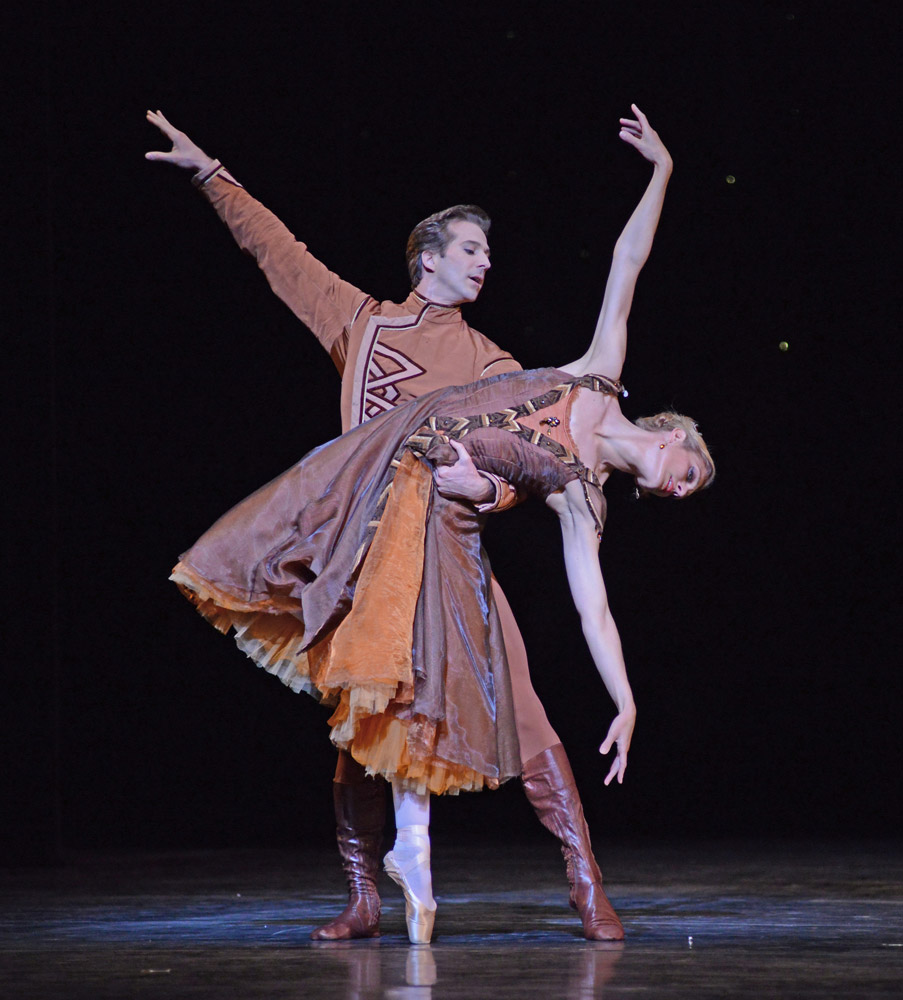
© Dave Morgan, courtesy the Royal Opera House. (Click image for larger version)
The third pas deux is the heart of the ballet. Marianela Nunez enters in a state of defiance, red underskirts flaring as she resents being manhandled by Thiago Soares. Though she wants to be left alone, she is dependent on his support for the angry, flaring lifts they carry out together. He leaves, returning immediately, as though a magnet was pulling him. They break apart, fleeing separately, until the forgiving piano melody persuades Nunez to soften. She touches him tenderly all over, kneels at his feet and is raised into a supported arabesque above his head. He carries her off like a child in his arms – though there’s no sure sense of a resolution.

© Dave Morgan, courtesy the Royal Opera House. (Click image for larger version)
In the concluding section to a nostalgic waltz, the couples acknowledge each other as though at a formal gathering. They change partners for a moment before reverting to their original pairings. Which couple will be the most enduring? Two pairs exit stage right, the young lovers stage left. Robbins leaves the outcome undecided.
After the interval, MacMillan’s Song of the Earth is the most substantial work in the programme, at over an hour long. Though the words of the songs, ancient Chinese poems translated into German, are vital to a full understanding of the ballet, it would be too distracting to have them surtitled in English above the proscenium arch. As a consequence, the long sixth song leading to the Farewell to the Earth can seem interminable if the performances are not totally absorbing.
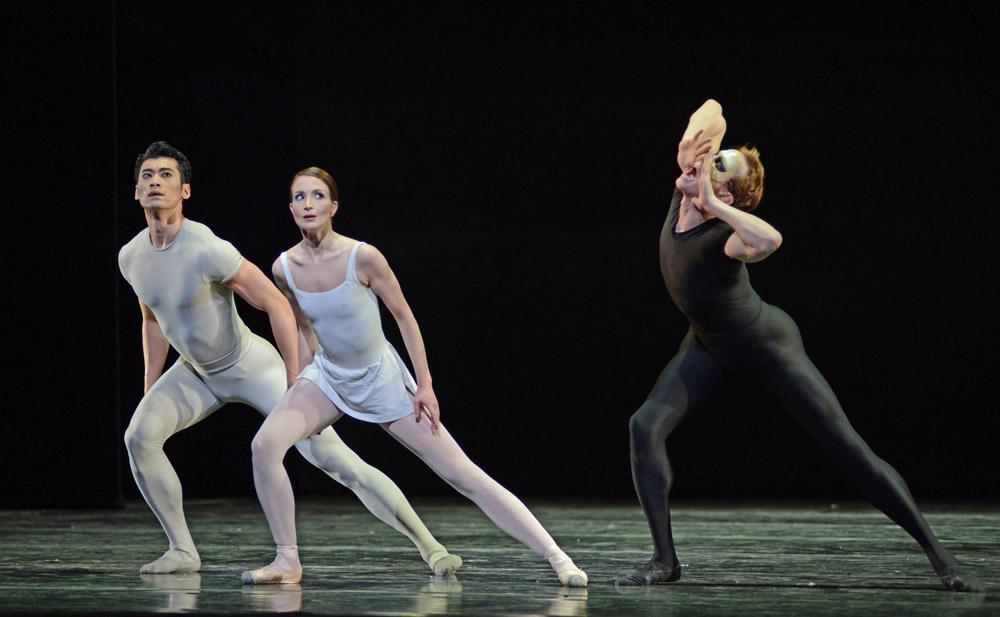
© Dave Morgan, courtesy the Royal Opera House. (Click image for larger version)
Lauren Cuthbertson marked her return from injury with a beautiful, dignified performance that didn’t quite catch the heartstrings. Her interpretation of the leading woman’s role registers somewhere between the vulnerable loner and the indomitable survivor, without fully accounting for the transition. We never really know who she has become before the final skein of backwards bourreés that leads into her ultimate transfiguration. Ryoichi Hirano as the man she loves is absorbed in his own relationship with the Messenger of Death (Edward Watson), who has targeted him from the first song, with its haunting refrain of the darkness of life and death.
Watson is more sinister than some interpreters of the role of Der Ewige, the Eternal One – a different meaning in German from the Messenger of Death. Watson is always outstanding, his shoulders in the role of the Other bearing the burden of too much knowledge. His Ewige forewarns the careless youngsters with whom he carouses of their mortality but reserves his compassion for the bereft leading woman. She has to bring herself to trust him in order to justify Mahler’s faith in the hereafter: Cuthbertson gets there in the end.

© Dave Morgan, courtesy the Royal Opera House. (Click image for larger version)
The Royal Ballet is performing this current revival even better than its previous run in March. In supporting roles, Melissa Hamilton, Yuhui Choe and Ricardo Cervera are remarkable. The long ballet suffers, though, from the lack of contrast in tone in its juxtaposition with Robbins’s two shorter works. Paired with Ashton’s The Dream in New York on the company’s American tour in June, it should fare better.












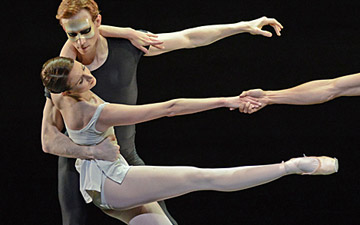
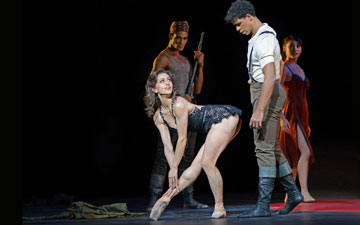
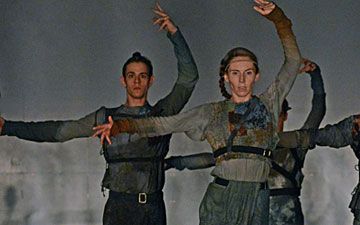

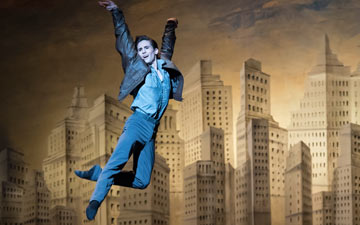
You must be logged in to post a comment.